Did you know an estimated 63% of Americans live with constant minor foot pain, and roughly 50% think this pain is normal. In 2009, The American Podiatric Medical Association found that 64% of Americans confess to wearing shoes that hurt their feet, and 12% wear them every day. The APMA also showed that 78% of Americans have experienced foot problems due to wearing uncomfortable or ill-fitting shoes. With this in mind, The Right Shoe concludes this 3 part series on work shoes by providing you with information about proper work boot fitting and sizing.
First and foremost the thing I would consider when trying on any new shoe or boot, would be to try them on in later afternoon or evening hours. Your feet generally swell throughout the day, if you would try them on first thing in the morning by the time afternoon rolls around they may be too tight. Allow plenty of toe room to prevent constant irritation from your toes hitting the front of the boot while moving forward or when going downhill. Too see if you have enough room, slide your foot forward so your toes are touching the front of the unlaced boot. In this position you should have a fingers width behind your heel. You should always have both feet measured when purchasing ANY new shoes and never buy a shoe with the intentions or them “stretching” out over time.
Ideally your boots should fit snugly around your ankle, heel, and forefoot when fully laced up. If your heel is loose try tightening the laces in the area near the bend of your ankle. If you notice too much pressure across your instep try skipping one set of eyelets where you have the discomfort. If you notice the boots to be creasing abnormally and are digging into the top of your toes the boot might be too wide, too long, or it has too much interior volume for your foot type. Generally speaking, the higher the shaft of the boot the more laterally supportive they will be, which can protect against ankle injury.
The shoe or boot should have a lower, cushioned, wide based heel, as the heel tends to bear the most impact which can contribute to fatigue throughout your long day. Consider adding shock absorbing insoles or orthotics to provide you with more cushioned support especially while working on hard surfaces.
I hope this series has provided some useful information, which leads you to have more knowledge when shopping for work shoes and ultimately leads to you feeling better on your feet at work. One last thing…ALWAYS be sure to follow your job specific safety specifications and requirements.
We look forward to seeing anyone who is looking for “The Right Shoe” to meet certain safety requirements, would like an expert shoe fitting, or just wants to be more comfortable on their feet through their long and tiring days at work.



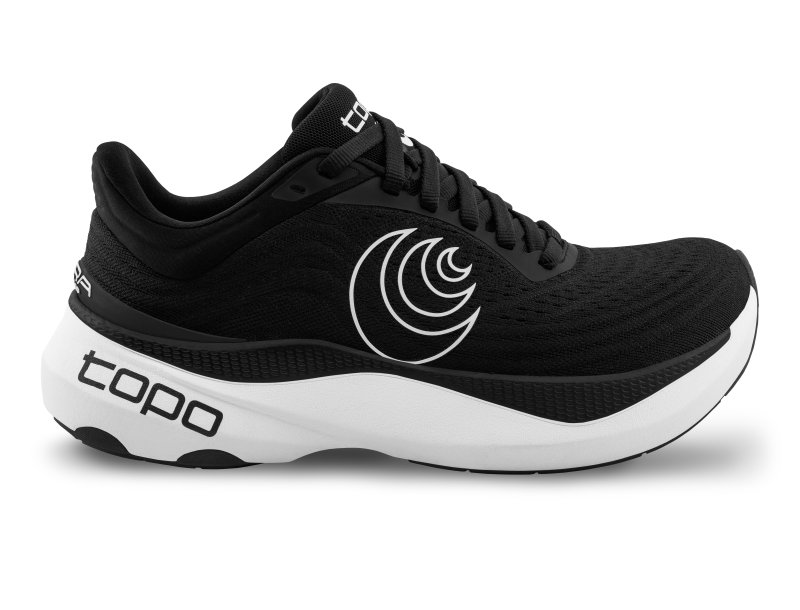





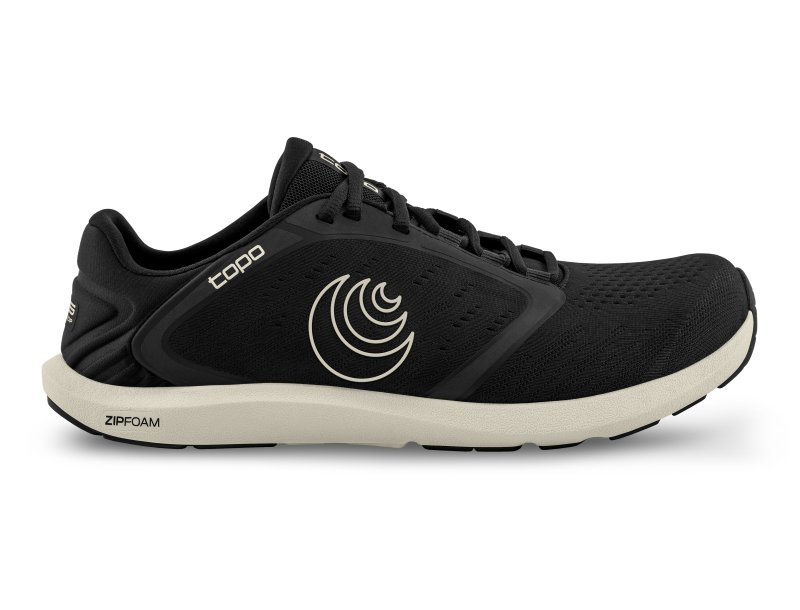

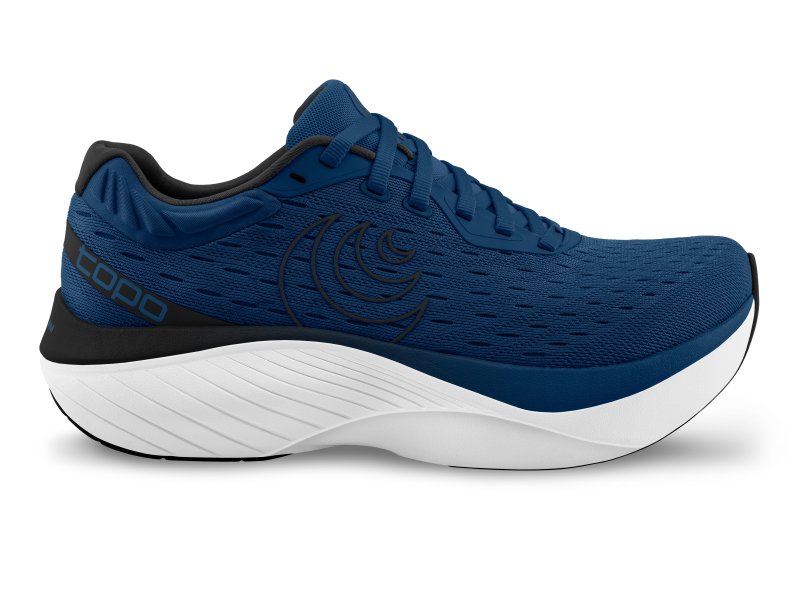


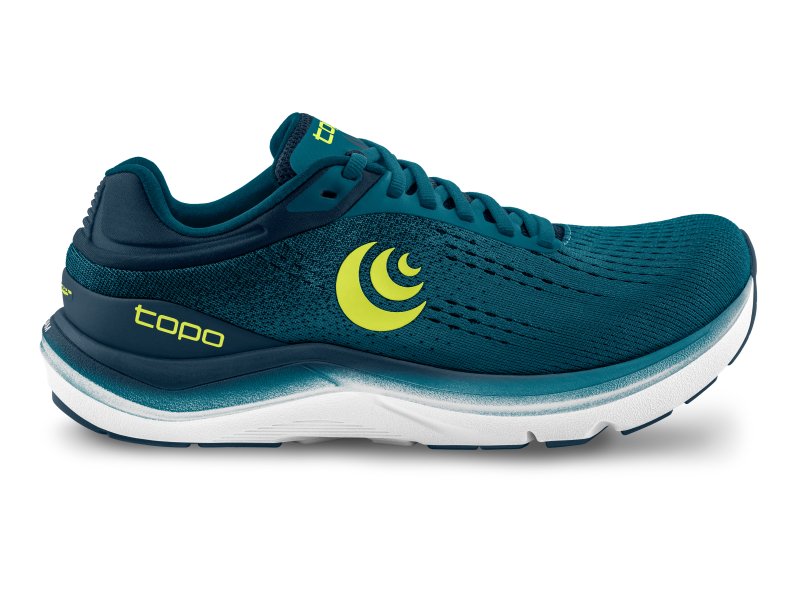
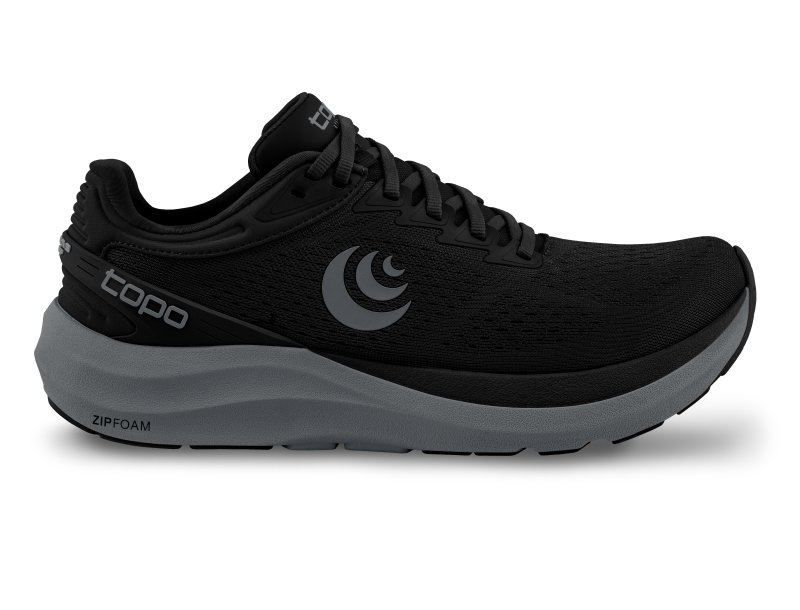


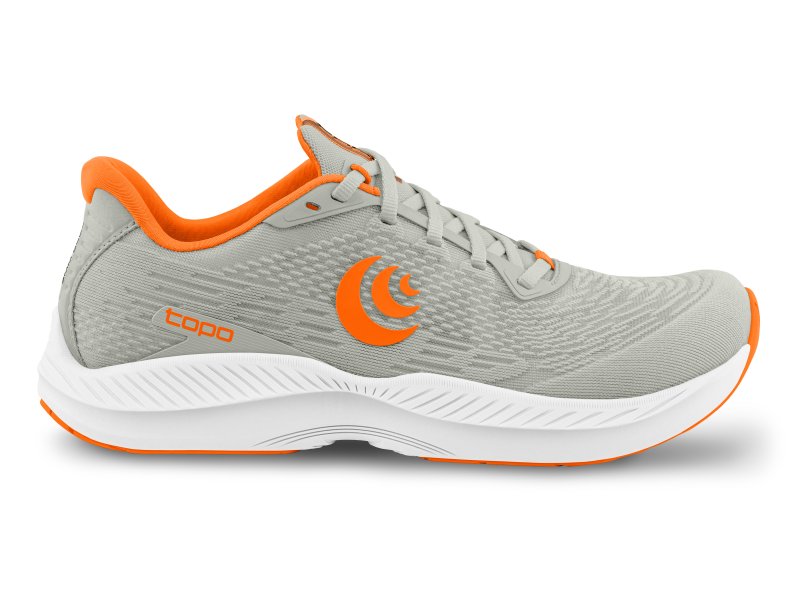







Excellent information on this site!
Thank you! I am glad you found it to be informative.
Thanks for sharing this advice regarding work shoes. I definitely agree that you shouldn’t suffer from sore feet after you wear those shoes. If you do, you need to either get a different size, or find a good insole like you suggested. I think that talking to a podiatrist can also help you figure out other solutions.
Seeing a podiatrist is definitely a good idea if you are living with ongoing foot pain, especially if you have tried a variety of shoe types, most podiatrists can easily identify common foot issues and make recommendations on types of shoes to best work with your foot type and conditions. Thanks for your comments!